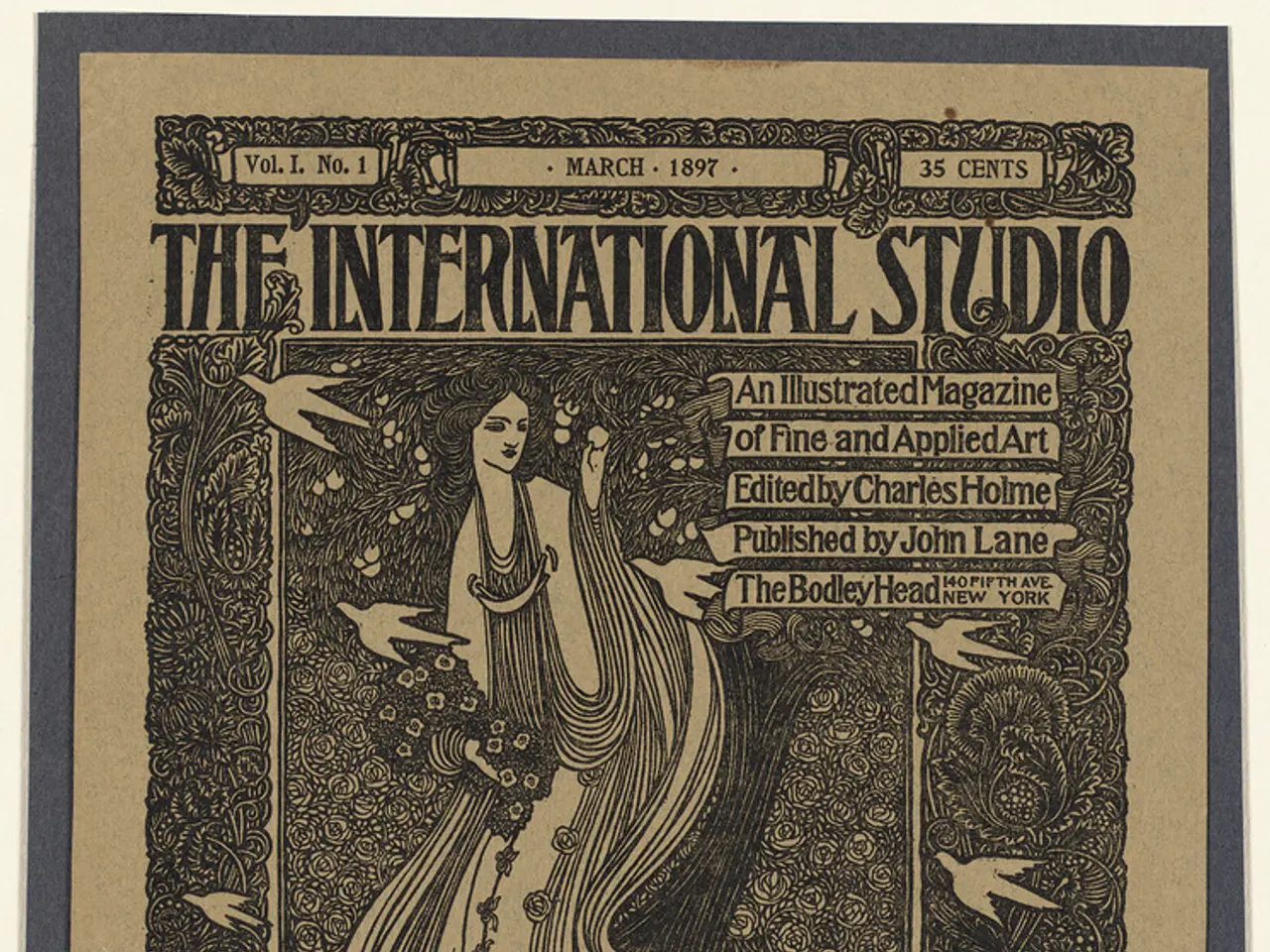Women's Anxiety: Root Causes and Coping Strategies
Women face unique challenges when it comes to anxiety, with research suggesting that anxiety disorders affect around twice as many women as men. This discrepancy can be attributed to a complex interplay of biological, psychological, and sociocultural influences.
Biological Factors
Hormonal fluctuations, such as those experienced during menstruation, pregnancy, and menopause, can affect stress responses and anxiety symptoms in women. Women also have a more reactive limbic system, the brain's emotion-processing centre, making them more sensitive to stress hormones like corticotropin-releasing factor (CRF).
Psychological Factors
Differences in coping mechanisms are another key factor. Women tend to engage more in rumination and emotional expression, which can increase anxiety, while men more often use avoidance or substance use.
Sociocultural Factors
Societal pressures play a significant role in women's anxiety levels. Women face greater societal pressures balancing work, caregiving, and social expectations, which create higher stress and anxiety. Structural inequalities such as the wage gap, occupational segregation, and the disproportionate burden of domestic labor contribute materially and psychologically to higher anxiety rates in women.
Unique Factors in Women
Women are more likely to express anxiety through tearfulness, sadness, or irritability. Toxic relationships trigger anxiety by creating constant stress, emotional instability, and diminished self-worth. Women are also more likely to experience a wider range of physical symptoms, including menstrual irregularities and increased pain sensitivity.
Anxiety in Ethnic Minority Women
Barriers preventing ethnic minority women from seeking effective treatment for anxiety include limited access to mental health resources, mistrust of health professionals, language barriers, cultural stigma surrounding mental health issues, difficulty finding culturally sensitive mental health care, limited representation of women from their ethnic backgrounds in mental health resources, and a lack of relatable experiences and coping mechanisms.
Perinatal Anxiety
Perinatal anxiety can affect women in pregnancy and postpartum, with signs including persistent worry about the baby's health or parenting abilities, intense fears about the baby's safety, difficulty falling or staying asleep, and excessive worry about one's own health or the baby's health.
Body Positivity and Anxiety
Celine Leboeuf explains that body positivity "refers to the movement to accept our bodies, regardless of size, shape, skin tone, gender, and physical abilities." O'Hara et al. (2021) describe body positivity as a multi-faceted concept that encompasses body acceptance, body appreciation, and body love, and adaptive approaches protective of health and wellbeing. Their research found that "writing gratitude statements to oneself has (a) sustained impact on body positivity."
Treatment and Coping Strategies
Research found that perceived discrimination leads to anxiety symptoms through acculturative stress among Muslim college students. On a positive note, biofeedback appears generally efficacious for anxiety disorders. A systematic review "yielded positive results and emphasized the effectiveness of connected mental health solutions using biofeedback for anxiety."
Summary
These factors interrelate, resulting in women experiencing anxiety more frequently and often more intensely than men. Effective treatment recognizes these differences and may require gender-specific therapeutic approaches, focusing on emotional expression and interpersonal relationships in women. This nuanced explanation is supported by recent research emphasizing structural gender inequalities and biological sensitivities as key drivers of the observed differences in anxiety prevalence between women and men.
- Mental health disorders, notably anxiety, affect women more frequently than men, with research suggesting a significant discrepancy.
- The complex interplay of biological, psychological, and sociocultural influences contributes to this disparity.
- Hormonal fluctuations, such as those during menstruation, pregnancy, and menopause, impact stress responses and anxiety symptoms in women.
- Women have a more reactive limbic system, making them more sensitive to stress hormones like corticotropin-releasing factor (CRF).
- Differences in coping mechanisms also play a crucial role, with women engaging more in rumination and emotional expression, which can increase anxiety.
- Societal pressures add to women's anxiety levels, as they face greater stress from balancing work, caregiving, and social expectations.
- Structural inequalities like the wage gap, occupational segregation, and disproportionate domestic labor burdens contribute materially and psychologically to higher anxiety rates in women.
- Women often express anxiety through tearfulness, sadness, or irritability, and toxic relationships can exacerbate anxiety.
- Ethnic minority women face barriers in seeking effective anxiety treatment, like limited resources, mistrust, language barriers, cultural stigma, and lack of culturally sensitive care.
- Perinatal anxiety can impact women in pregnancy and postpartum, causes can include persistent worry about the baby's health or parenting abilities.
- Body positivity can positively impact anxiety, as its multi-faceted nature encompasses body acceptance, appreciation, love, and protective health practices.
- A sustained impact on body positivity can be achieved through the practice of writing gratitude statements to oneself.
- Perceived discrimination among specific groups, like Muslim college students, can lead to anxiety symptoms through acculturative stress.
- Biofeedback appears generally effective in treating anxiety disorders, with positive results emphasized through connected mental health solutions using biofeedback.
- Effective treatment for anxiety in women requires a nuanced understanding of gender-specific experiences, focusing on emotional expression and interpersonal relationships.
- Recent research highlights structural gender inequalities and biological sensitivities as key drivers of anxiety differences between women and men.








